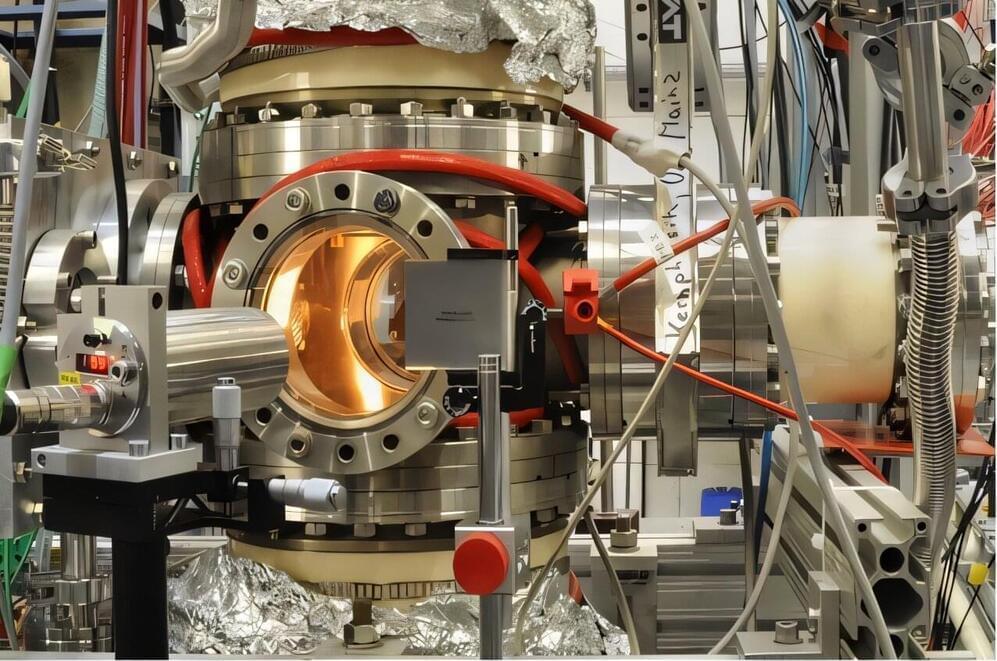Using laser spectroscopy, the team were able to measure the nuclear radius of several isotopes of nobelium and fermium.
Unlike lighter regions of the nuclear chart, where upward kinks are observed crossing shell closures, the trend across a key neutron number is shown to be smooth. This indicates that nuclear shell effects due to a few nucleons have a reduced influence as the so-called superheavy elements are approached, and the nuclei behave more like a deformed liquid drop.
Researchers from the University of Liverpool’s Department of Physics, Professor Bradley Cheal and Dr. Charlie Devlin, contributed to the nobelium experimental activities of the study.
